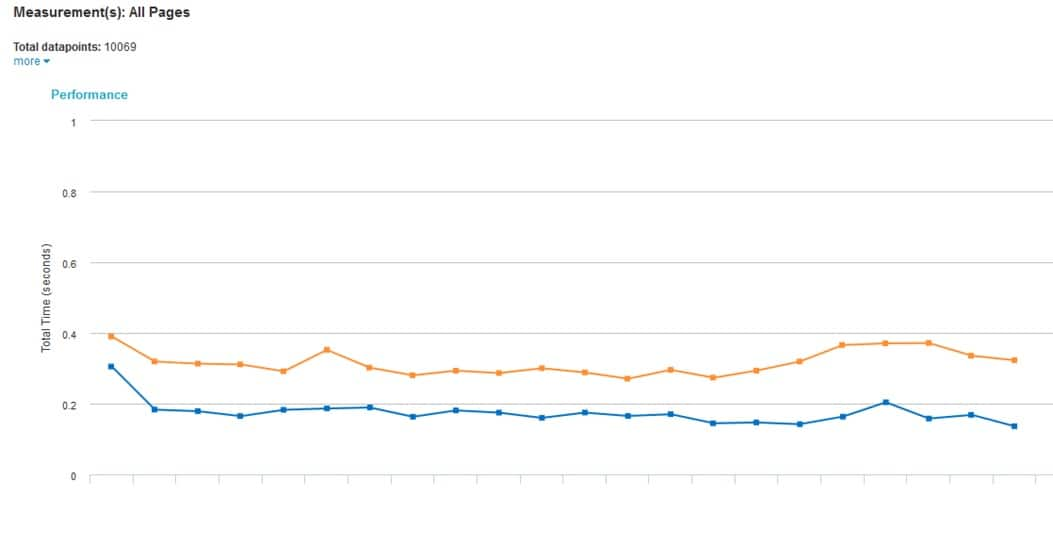Redirecting On the Edge

On the web, every second counts. Service engineers and operations teams are looking for ways to save milliseconds from web pages' load times. One of the simpler ways to squeeze better performance from web pages already using a Content Delivery Network (CDN) is to move the redirection responses from origin to the edge. A simple and common example of redirects could be to upgrade the protocol used from HTTP to HTTPS. Another example could be to redirect to a locale-specific path. By using Akamai's Edge Redirector Cloudlet, customers can consolidate redirects that are being made through multiple layers in the technology stack to a single location on the edge.
There are several benefits for using Edge Redirector:
- Simplified Operations:
- Handling all redirects in a single location reduces the complexity of maintaining redirects for multiple applications by multiple stake holders
- Support for multiple user roles for authorization purposes
- Creating and maintaining redirect rules can be done in three different ways:
- Via Akamai's Luna web portal
- Via Akamai's {OPEN} APIs
- By using the CSV export/import functionality that Edge Redirector exposes
- Performance: moving redirects to the edge can save tens to hundreds of milliseconds because the redirects happen closer to the end user. Furthermore, multiple redirects on origin can be served by a single redirect on edge, thus saving multiple round trips to origin.
- Offload: by serving redirects on the edge, there is no need for the origin to handle any of the requests that would otherwise be served by it.
- Availability: using a truly distributed platform with multiple points of presence on multiple networks (even in the same city) guarantees responses will be served and will improve your application's availability.
- Scale: using Akamai's platform which has thousands points of presence around the world guarantees scaling up as application demand increases.
One of our customers who was serving nearly billions of end user requests per month and has implemented Edge Redirector measured the following metrics:
- Simplified Operations: managing redirection rules in a single location gave the operations team the power to respond quickly to any changes the business needs dictated. Due to eliminating most of the internal redirection dependencies of various groups and putting them in a single location to manage, the number of calls to the operations team dropped significantly.
- Performance: 83.6% improvement on the redirection transaction as measured by Keynote last mile agents:

- Offload: over 99% offload from origin for serving redirects.
- Availability: application's availability has improved as multiple redirections weren't a bottleneck anymore.
- Scale: the elasticity Akamai's platform provides ensured requests which earlier had to wait in origin's queue to be served, would be served immediately due to more resources available on the edge to serve them.
A lot of thought had been given to make Edge Redirector flexible in terms of the logic it exposes as well as to make it simple to use. Edge Redirector can have thousands of rules provisioned on it. It can redirect based on cookie, device characteristics, geographic location, file extension, URL (including RegEx support), hostname, IP/CIDR, protocol, query string, request header, and request method, thus giving power to admins to define their redirection logic.
Check out www.akamai.com/Cloudlets for more information about the Edge Redirector Cloudlet. (You can even try it out FREE with no commitment in the Akamai Marketplace inside Luna Control Center.)






